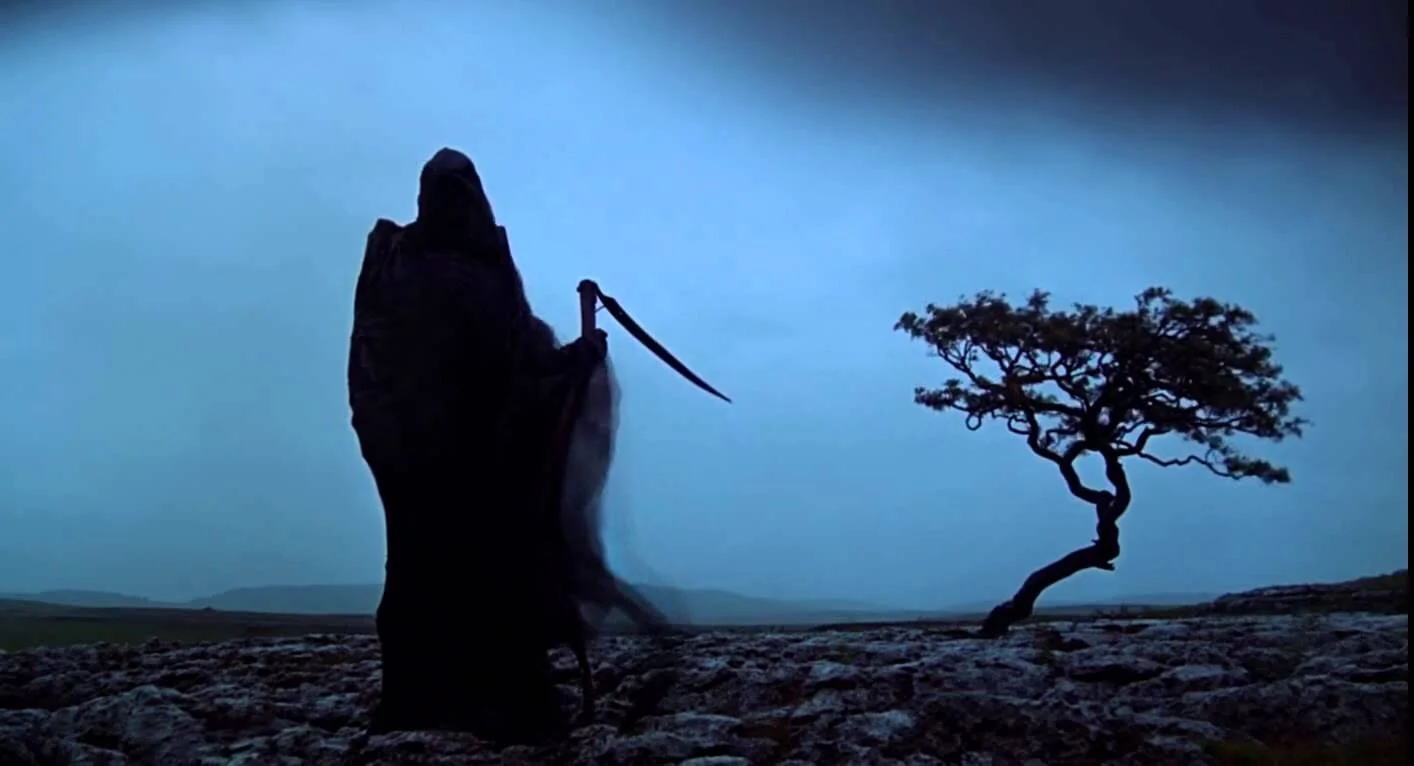Pandemic Literature
Rowan and I reluctantly came to recognize the need for this page. We have fielded so many inquiries from customers about epidemics, pandemics, plagues, and the science behind viral “jumps” between nonhuman to human species that we thought we need to put in one place the references we offer. Fear of the invisible threat extends into the past, whether history or fiction. The present fear looms large. Being human, as Robert Burns pointed out in his poem to the mousie whose life was upset by the plow, means to project the fear into the future, which explains our rich selection of plague-haunted science fiction/horror fiction. Many smart people and good writers have devoted thought and art to considering these fears, and we invite you to calm and measure your own in such good company.
In the Wake of the Plague: The Black Death and the World It Made
In the Wake of the Plague: The Black Death and the World It Made
A New York Times bestseller, In the Wake of the Plague is a fascinating study of the cultural and religious consequences of one of the deadliest tragedies to befall humanity: the black plague. Though rigorously scientific in his approach, Norman F. Cantor has produced an unforgettable narrative that in many ways employs the novelist’s skill for storytelling.
The Black Death was the fourteenth century’s equivalent of a nuclear war. It wiped out one-third of Europe’s population, and irrevocably changed the lives of those who survived. And yet, most of what we know about it is wrong. The details of the Plague etched in the minds of terrified schoolchildren—the hideous black welts, the high fever, and the awful end by respiratory failure—are more or less accurate. But what the Plague really was and how it made history remain shrouded in a haze of myths.
Here, Norman Cantor, the premier historian of the Middle Ages, draws together recent scientific discoveries and groundbreaking historical research to pierce the mist and tell the story of the Black Death as a gripping, intimate narrative. By focusing on twenty pivotal figures from the time, Cantor shows the lasting influence the Plague has had on history, culture, and religion.
“Professor Cantor’s style is easy—no jargon. He is far beyond just knowing his period; he understands it and so he can explain, without oversimplifying, the variety and complexity of this great section of the West’s past” (The New Yorker).

